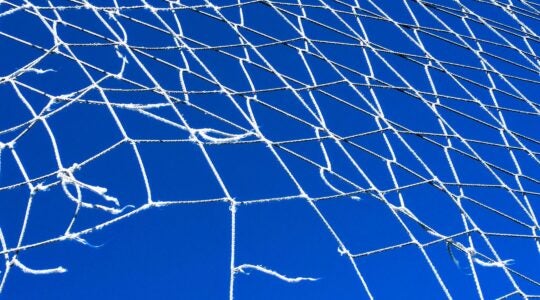I read the “Shabbat” issue (June) of Text/Context, your monthly supplement, together with other students in the class of Rabbi Judith Hauptman from the Jewish Theological Seminary, who was giving an introduction to Talmud course at the Russian State University for the Humanities in Moscow.
I was especially impressed by David Kraemer’s article, “Solving The Sabbath,” with its idea to group 39 acts of labor prohibited on the Sabbath, according to the Mishnah. I was convinced by the author’s theory that not simply categories of labor, but different production processes came under the ban, such as making of bread, clothing and shelter. My single doubt was about book making and its connection with the capturing of deer. So I decided to check how the holy books were produced in Talmudic times.
The result of my search was a text in Talmud, which is, in my opinion, an additional proof of Kraemer’s theory. In Baba Mezia 85b, Rabbi Chiya planted flax, made nets from it to capture deer, slaughtered deer and made parchments from skins. Then he wrote the Torah on parchments and taught it to children so that they would teach others and spread the teaching further. The process of book-making is described in the same sequence of labors as in the tractate Shabbat of Mishnah (“he who traps a deer, slaughters it, flays it, salts it, cures its hide … write two letters.”)
Moscow
The New York Jewish Week brings you the stories behind the headlines, keeping you connected to Jewish life in New York. Help sustain the reporting you trust by donating today.




